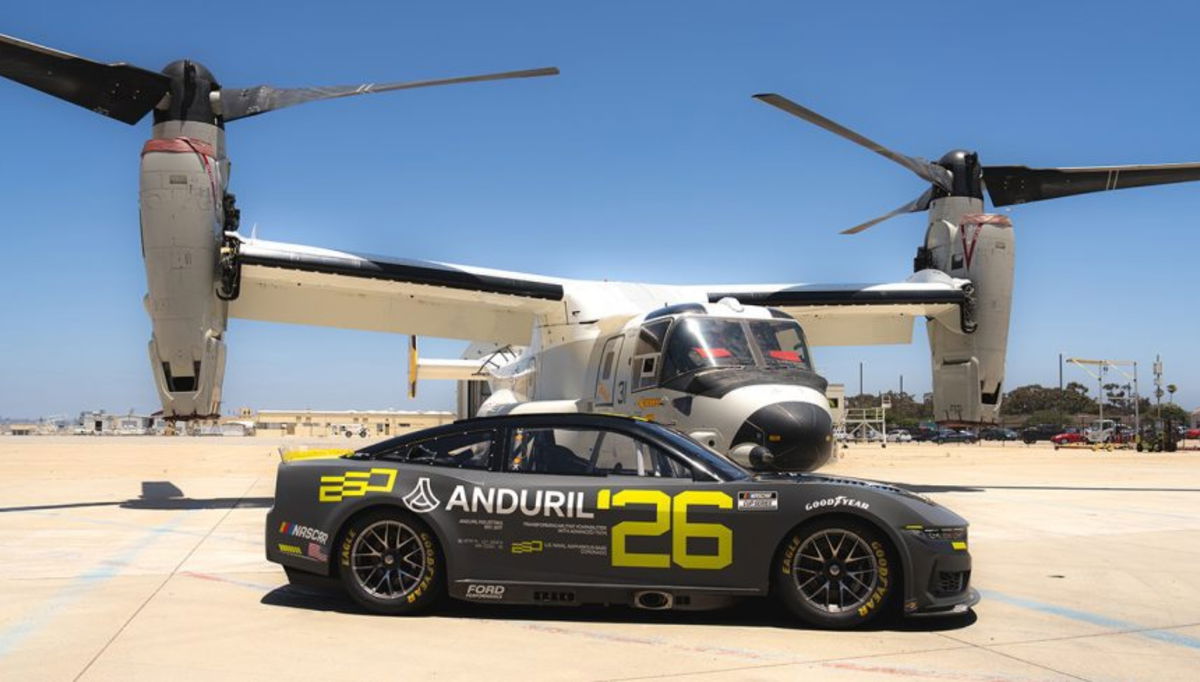
Imago
via NASCAR.com

Imago
via NASCAR.com
Since its roots in the moonshine-driven South, NASCAR has carried commercial branding like blood in its veins, turning sponsors into a cornerstone of its identity. In the 1970s, R.J. Reynolds’ Winston brand stepped in to title-sponsor the premier series, launching a marketing era that spanned over three decades and transformed NASCAR into a national spectacle. Later, brands like GM Goodwrench became inseparable from their drivers, most memorably when Dale Earnhardt’s black No. 3, bathed in Goodwrench livery, came to epitomize “The Intimidator” himself. Coca-Cola became the fan-experience pillar and naming rights holder of the sport’s marquee events, from the Coke Zero 400 to the fan-geared iRacing status. As sponsors sculpted NASCAR’s image, drivers became its living ambassadors.
Watch What’s Trending Now!
Fast forward to the 2000s, and Lowe’s dominated blue-and-yellow as Jimmie Johnson’s crown sponsor during the seven-title run in his No. 48, and today, even after he retired, the memory of that livery lingers as a generational touchstone. Chase Elliott, stepping into the No. 9 car, brought NAPA Auto Parts along for the ride; his relationship with them, dating to 2014, has blossomed into a defining partnership that Elliott himself credited as “career-defining.” On the technical side, Valvoline teamed up with Hendrick Motorsports in the 1990s and re-upped in 2014, providing vital engineering support that helped power Jones-built championship cars in 2016, 2020, and 2021. Now, a new kind of tech sponsor is joining NASCAR, and its arrival blends innovation with authenticity.
ADVERTISEMENT
NASCAR’s first military base race gets a $30 billion backer
California-based defense technology company Anduril Industries has officially signed on as the title sponsor for the upcoming NASCAR San Diego street race, a first-of-its-kind event taking place on an active military base. The announcement, made this morning, follows weeks of speculation after sharp-eyed fans spotted Anduril branding in NASCAR’s promotional video for the 2026 race. At the time, the company and some of its executives hinted at the collaboration on social media. Still, they refrained from giving any concrete details until the recent confirmation by Sports Business Journal‘s Adam Stern.
Founded in 2017 by a group that included a serial entrepreneur, Palmer Luckey, Anduril has quickly risen to the forefront of defense innovation. The company develops high-tech products ranging from drones to sensors to advanced rocket systems, combining hardware capabilities with cutting-edge AI. In its latest funding round, Anduril was valued at a staggering $30.5 billion after raising $2.5 billion, including $1 billion from Peter Thiel’s Founders Fund. Its meteoric rise was underscored this year when it topped CNBC’s annual Disruptor 50 list, ranking ahead of OpenAI and earning recognition for “leading a new military-technological complex” in competition with long-standing defense giants like Northrop Grumman, Lockheed Martin, and Boeing.
California-based defense technology company @Anduril Industries will title sponsor @NASCARSanDiego, bringing together an increasingly prominent brand in the military industrial sector for the sport’s first competition on an active military base. pic.twitter.com/4ntYvoncbR
— Adam Stern (@A_S12) August 14, 2025
ADVERTISEMENT
The newly minted partnership will brand the top-tier Cup Series race as the Anduril 250 Race the Base, while also designating Anduril as the presenting sponsor for the entire event weekend. Beyond naming rights, the deal cements Anduril as NASCAR’s official defense partner, a rare and significant category alignment for the sport. The event weekend, scheduled for June 19-21, 2026, will feature not just the Cup Series headline but also key events from NASCAR’s second-tier Xfinity Series and the Craftsman Truck Series, creating a multi-day motorsport spectacle. It is a bold, strategic move for NASCAR, which has increasingly sought to blend its high-speed entertainment appeal with brands rooted in innovation and technology.
Timing will also play a significant role in the spectacle. The race weekend will coincide with America’s semi-quincentennial celebrations in 2026, lending the event a patriotic and historical dimension that aligns seamlessly with Anduril’s brand identity. As Jeff Miller, Anduril’s VP of Marketing, noted in prepared remarks, the deal “is a natural fit reflecting our shared values of technical innovation, speed and support of our military.” For a sport with deep roots in American culture and history, the symbolic synergy of hosting a race on an active military base with a defense technology leader as the title sponsor is hard to overlook.
ADVERTISEMENT
The sponsorship is also a win for NASCAR’s commercial strategy team, led by Craig Stimmel, its Senior Vice President and Chief Commercial Officer. In an increasingly competitive sponsorship landscape, securing a partnership with Anduril is no small feat. According to SponsorUnited data, Anduril ranks among the three most-searched AI-related brands, alongside Perplexity and Anthropic. By bringing a high-profile disruptor from the tech and defense sectors into its fold, NASCAR isn’t just adding another logo to its race banner; it is signaling a deliberate move toward future-facing partnerships that blend technological prestige with cultural and sporting relevance.
Top Stories
Exclusive: Catching Up With ‘The Dinger’ — the Past, Present and Future of AJ Allmendinger
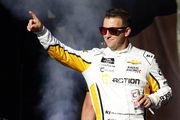
“I’d Be Dead”: NASCAR Legend Credits Kevin Harvick for Saving His Life
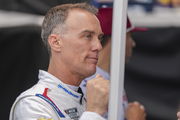
Chaotic Brawl Breaks Out at Tulsa Shootout After Teen Flips Off Rival Driver
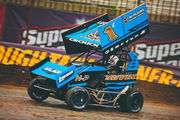
“I’m Worried” – Ross Chastain Confesses Fears of Triggering Michael Jordan’s Lawsuit Wrath With Humble 3-Word Claim
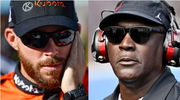
Historic NASCAR Track to Change Its Iconic Name as City Council Moves to Auction It Up
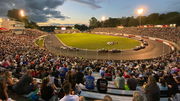
NASCAR schedule shakeup keeping old fans while winning new ones
In 2025, NASCAR finds itself at a crossroads, caught between the pull of its storied traditions and the demands of a modern, evolving audience. The Chicago Street Race in 2023 perfectly embodied this tension as an innovative move that attracted new fans but left some long-time followers yearning for the familiar roar of the oval. NASCAR’s challenge now is clear: innovate and grow without alienating the dedicated fanbase that has been the sport’s foundation for decades.
ADVERTISEMENT
At the sport’s core lies its legendary oval tracks, namely Daytona, Talladega, and Bristol, venues that are more than just raceways. For many, they are cultural landmarks, offering packed grandstands, high-speed drafting battles, and historic moments that define NASCAR’s identity. The simpler oval layout allows spectators to witness most of the action from their seats, creating a communal, immersive atmosphere. For purists, these traditions remain the “lifeblood of NASCAR,” anchoring loyalty even as the sport experiments with change.
Yet, NASCAR is embracing new formats, from street courses in Chicago and San Diego to expanded night races, streaming coverage, and the Next Gen car designed for parity, safety, and excitement. These moves aim to connect with younger, digital-savvy fans, bringing fresh technical challenges and vibrant urban backdrops to the calendar. But with every change comes debate over schedule shifts, stage racing, and playoff formats, which some see as “artificial manipulations” undermining authentic racing. The sport’s future, it seems, will be defined by how well it balances progress with preserving its soul.
ADVERTISEMENT
ADVERTISEMENT
ADVERTISEMENT

